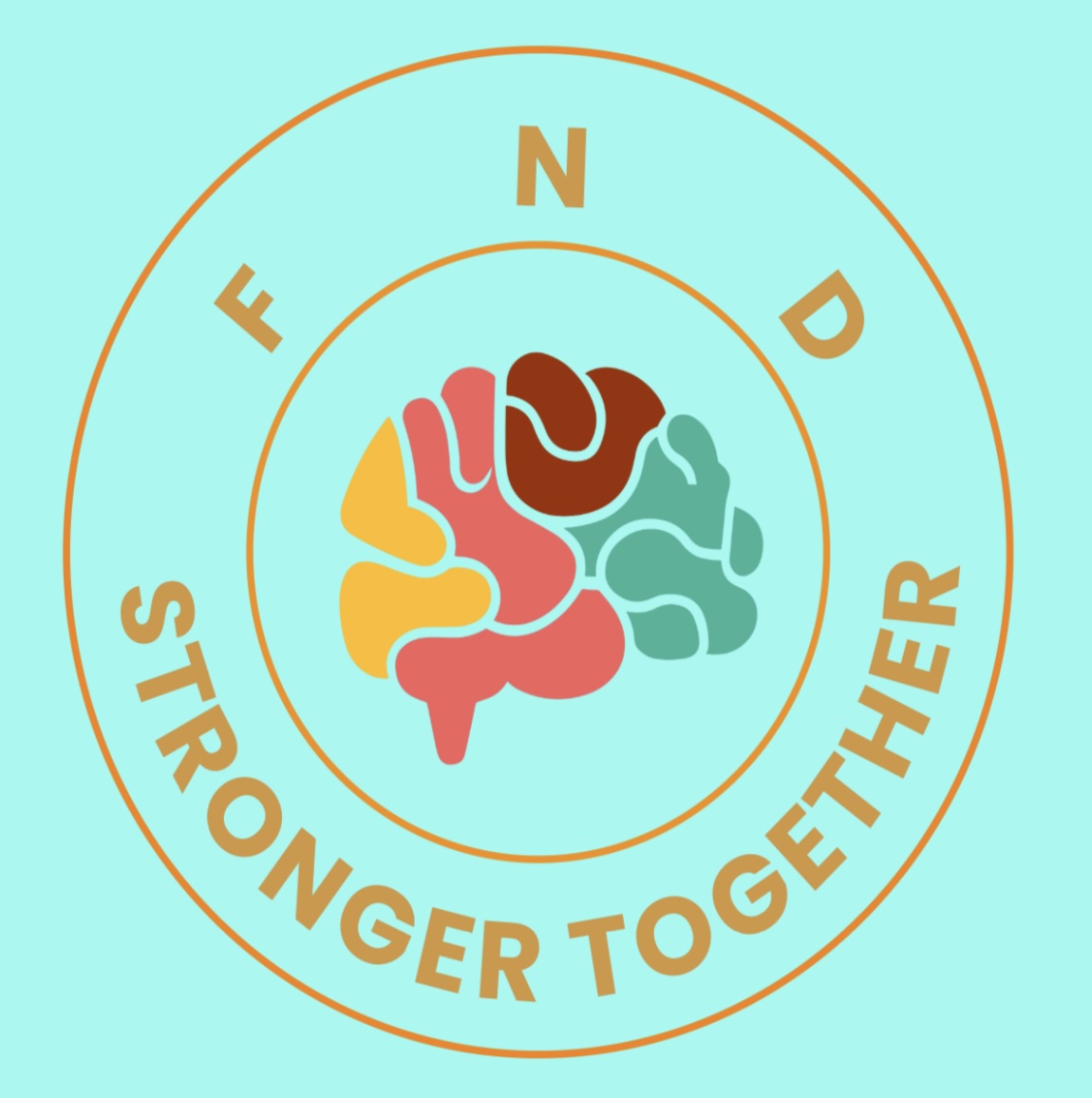
My experience of repetitive Transcranial Magnectic Simululation (rTMS) Treatment
When traditional treatments fall short, what is next?
Functional Neurological Disorder is a complex condition where the nervous system malfunctions despite no visible structural damage.
Although physically intact, the nervous system’s normal function is disrupted, causing various neurological symptoms.
I began experiencing symptoms in March 2024, but it wasn’t until November 2024—after numerous tests, including a brain MRI—that I was diagnosed with FND.
My FND Journey
My main symptoms before I started rTMS were:-
- Frequent drop attacks occurring 4 to 5 times daily
- I had no control over my body movements; my arms and legs seemed to move on their own.
- Both of my feet were permanently turned outward, and when I ate, my hands would often grip the cutlery tightly, making it very difficult to eat.
I had tried limited physiotherapy without success because I couldn’t control my movements. I also tried meditation, but it was stressful and didn’t help.
Introduction to rTMS
rTMS is a non-invasive brain stimulation technique that uses magnetic pulses to stimulate or inhibit nerve cells in specific areas of the brain.
It is commonly used to treat conditions such as depression and has recently begun to be applied in the treatment of Functional Neurological Disorder (FND).
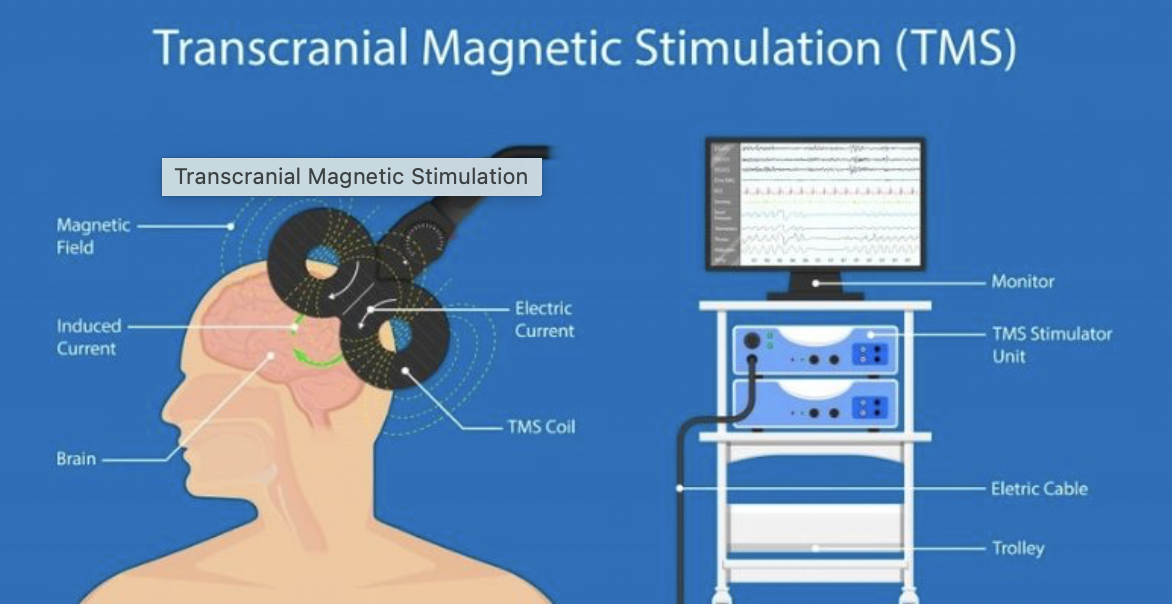
My Decision to try rTMS
The treatment was provided by my psychiatrist, who was managing my care for FND.
I had high hopes and great expectations for the treatment, as I was eager to return to a normal life.
What can you expect from this post?
I will share with you my personal and honest account of my experience.
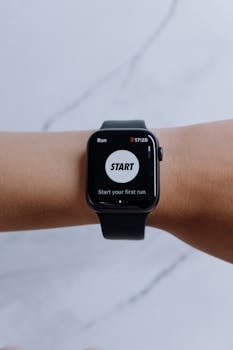
The Pre-Treatment Phase: Preparing for the Unknown
Initial Consultation & Assessment
I hadn’t planned on rTMS treatment initially, but I was fortunate that my FND specialist suggested it to me.
My FND specialist, a psychiatrist, only accepted new patients who had been diagnosed with FND by a neurologist.
Before receiving my diagnosis from the neurologist, I had already undergone a brain MRI, which showed no abnormalities.
The doctor conducted two in-depth sessions with me to carefully evaluate my symptoms and review the neurologist’s findings before recommending TMS as a suitable treatment.
They thoroughly explained the rTMS procedure and shared that it has an approximate 80% success rate in patients.
The Mapping Session:
The doctor explained that the motor cortex, a critical region, contains specific areas responsible for controlling the arms and legs.
The left hemisphere controls the right side of the body, while the right hemisphere controls the left side.
He added that the coil would be positioned on my head to stimulate the appropriate area.
Before and after each treatment, he assessed the strength of my arms and legs on each side. Each session lasted 30 minutes.
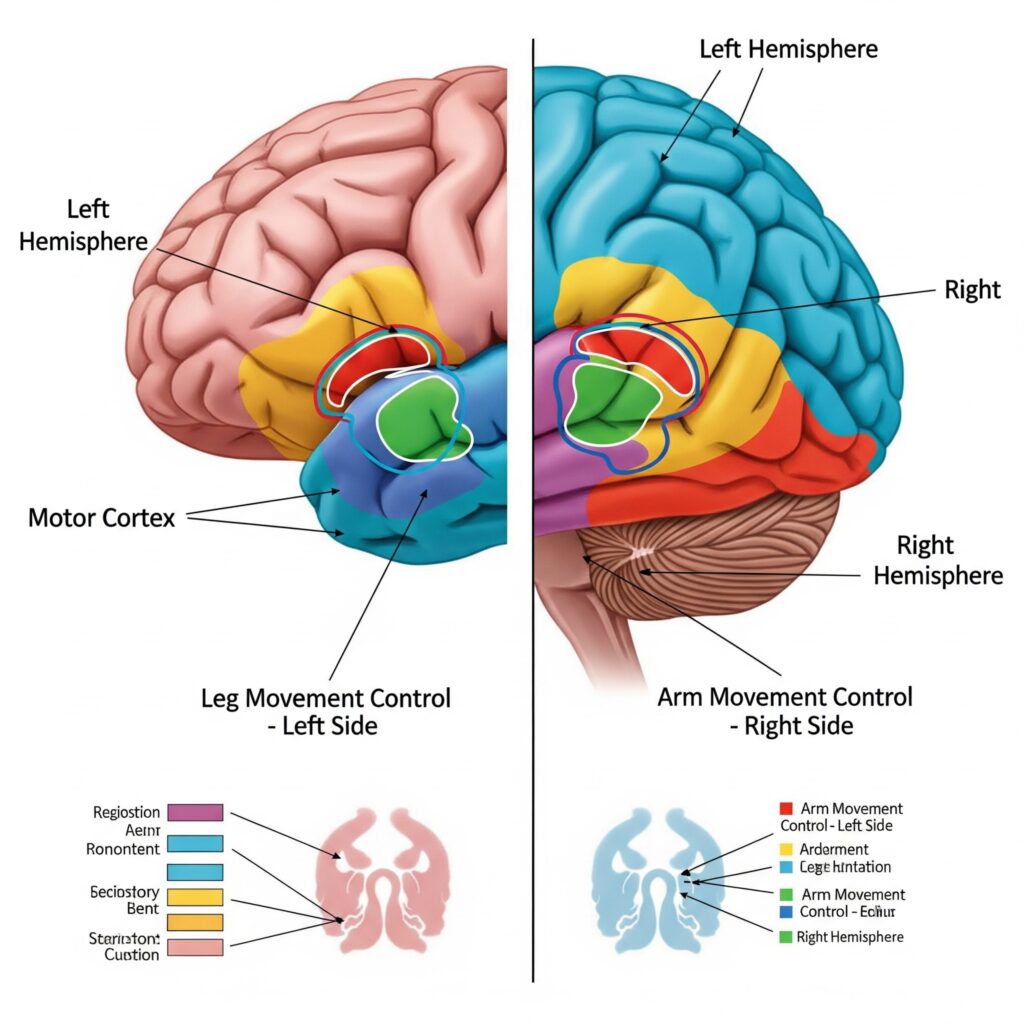
Understanding the Protocol:
- Number of Sessions Initially, I was advised to undergo 5 sessions, with the potential need for additional ones based on the outcomes. To date, I have completed 7 sessions, with another scheduled for July 2025.
- Frequency of Sessions:
- The first three sessions were held during the same week, on Tuesday, Thursday, and Friday, at the end of January 2025.
- The fourth session was held one week after the third, during the first week of February 2025.
- Sessions 5 to 7 were held between March and May 2025, approximately one month after the preceding session.
- Session 8: This session is scheduled for July 2025, two months after my last appointment in May. I have been informed that it will likely be the final session.
- Pre-Treatment Anxieties and Hopes: I was hopeful that the treatment would be effective, though I felt anxious about the possibility that it might not work for me.
The Daily Treatment Experience: What It’s Actually Like
The Setup:
The treatment room resembled a typical doctor’s office with an examination table, but it also featured a transcranial magnetic stimulator.
The doctor positions the coil on the outside of your head and adjusts the magnetic pulse intensity using the transcranial magnetic stimulator.
The intensity is set based on the minimum level required to elicit movement in your arms or legs.
The machine sounds like popcorn popping rapidly in a hot pan, with a flurry of quick, sharp pops.
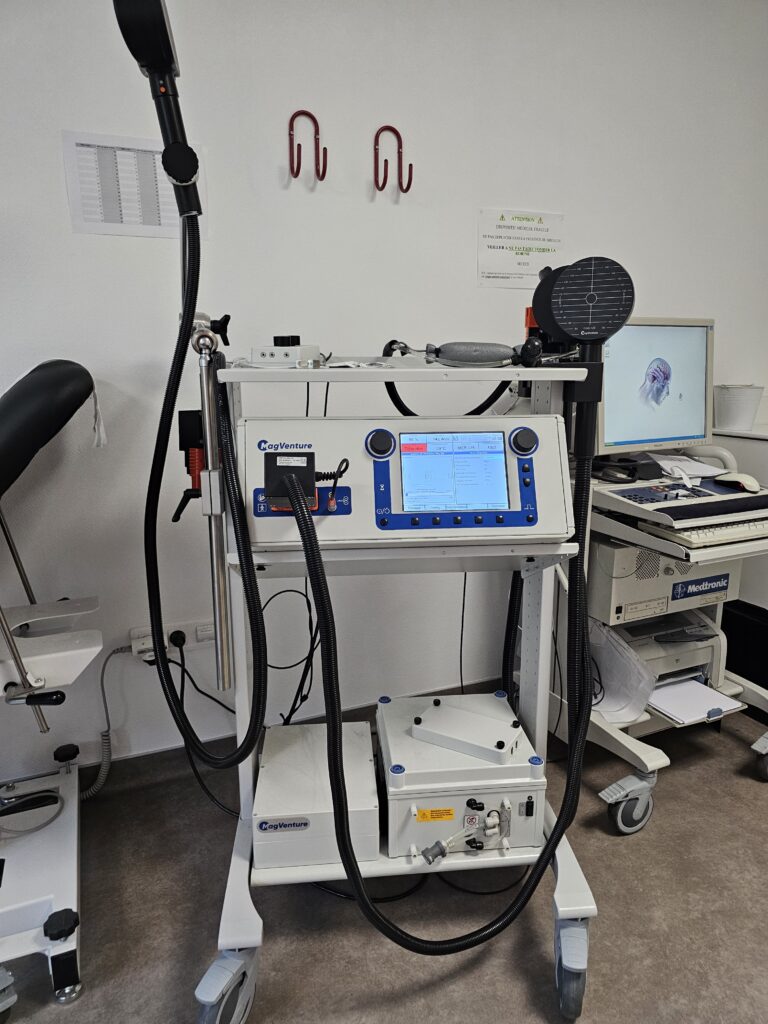
The Sensation
The magnetic pulse felt like a jackhammer pounding the outside of my head, with each pulse triggering twitching in the facial muscles.
When the machine was placed on my knee or ankle to test the brain’s response to danger, the expected reaction is an automatic movement of the leg away from the pain. Initially, I felt the pain, but my leg did not move.
What happened during each Session
Each session lasted approximately 30 minutes, beginning with a discussion with the doctor about progress since the last visit.
Before starting treatment, the doctor will assess the strength of your arms and legs on both sides to determine the optimal settings for the transcranial magnetic stimulator.
After the session, the doctor will assess the leg’s danger reflex, test its strength, and evaluate your ability to walk, jump, and run.
Daily Routine & Logistics
I was still in the hospital when I was undergoing treatment, so I would take a hospital-provided taxi and meet my partner at the appointment.
My advice is to have someone accompany you to at least the first session, as you may not know how you will respond to the treatment.
Side Effects
After each session, I experienced a headache that lasted all day and also felt very fatigued.
I managed the headaches with painkillers and made sure to rest and take it easy after the treatment.

Observing Changes: The Unfolding Impact of rTMS
How soon did I notice a change in my symptoms?
During my first session, I entered the treatment room on crutches, struggling to control my movements.
It felt like a miracle. After the treatment, I was able to walk and run with ease. I felt completely re-energised and even walked nonstop for 45 minutes that day.
However, this newfound freedom lasted only until evening, when my body started moving on its own and would wake me up during my sleep.
What were the changes in my symptoms?
Throughout the treatment, I experienced a significant improvement in my daily symptoms.
- Drop Attacks. These decreased from 4 to 5 times per day to just 1 to 2 times per week, occurring only when I was completely exhausted.
- Control of Body Movements. I regained control over my body movements and could move freely, which enabled me to begin my journey at the re-education clinic – Read more about my time in a Rehabilitation Clinic.
- Feet turned inwards This symptom disappeared after the first treatment session.
My sleep was disrupted by uncontrollable movements during the night, but these symptoms gradually improved and eventually disappeared throughout the course of the treatment.

What were the challenges during treatment?
The biggest challenge I faced came after my first treatment. I felt hopeful and energized, confident that a normal life was within reach. But as I closed my eyes to sleep, suddenly—Bang—I was plunged back into hell.
My body would jump as if struck by an electric shock; I would uncontrollably roll and jump around the room.
This would continue for up to an hour, only ceasing when I became completely exhausted.
It felt like a battle was raging in my mind between the old path and the new way to control my movements.
Mentally it was difficult and scary during these episodes, but I gained control by taking valium to numb the sensation.
When I discussed with my doctor at the next treatment session, he explained that it was a normal reaction to the treatment and not to worry.
Luckily, the electric shock sensation disappeared after the third session, and the sleep disturbances gradually lessened with each treatment, completely disappearing after the sixth session.

Post-Treatment and Reflection
How did I feel after the last treatment?
I feel physically strong and optimistic about the future, as TMS has enabled me to focus on my re-education.
What are the current Long-Term Effects?
- Daily life with FND Since beginning treatment, I have been able to manage my symptoms more effectively and have started transitioning from the hospital and rehabilitation clinic back to everyday life at home.
- FND Symptoms I have noticed a significant reduction in most of my symptoms. However, when I push myself too hard, the brain fog, drop attacks, and abnormal walking temporarily return.
- Follow-up I have one treatment session remaining in July 2025, after which I will discuss the details of the follow-up.
Overall assessment of rTMS for my FND
- Was it worth it for me? Absolutely yes—TMS proved to be an effective treatment for my FND.
- What was the biggest positive outcome? Regaining my independence thanks to the significant reduction in symptoms, which has enabled me to focus on a hopeful future while feeling better equipped to manage my FND symptoms.
- What was the biggest challenge? Without a doubt, the most difficult part was managing the side effects I experienced after the initial sessions.
What did I Learn?
I learned that it is possible to ‘re-wire the brain’ and lessen the impact of FND on my daily life.
Through the treatment process, I also realized I need to incorporate additional techniques to manage my symptoms, such as Balance, Nutrition, and Exercise.

My advice when considering rTMS for your FND
- Research: The treatment is still not widely available, but this is changing slowly. One place you can search is on FND Hope for providers
- Expectations: rTMS may help reduce your FND symptoms, though outcomes can differ for each individual.
- Patience Understand that progress may be gradual, and occasional setbacks are normal. Stay committed and keep moving forward.
- Communicate: Ensure that you report all side effects and any changes to your treatment provider.
- Complementary Therapies: Consider incorporating or continuing existing FND management strategies during TMS treatment. I found them helpful alongside my rehabilitation for improvement.
- Support: Family, friends, and support groups are important in helping you overcome any setbacks and providing encouragement throughout your treatment.
- Hope: By sharing my experience with rTMS, I hope that I can help you determine if this treatment is the right choice for you.
And finally…
- Have you tried rTMS for FND? Share your experience in the comments below!
- Did you find this post useful? If it was useful, please share it with others in the FND community.
